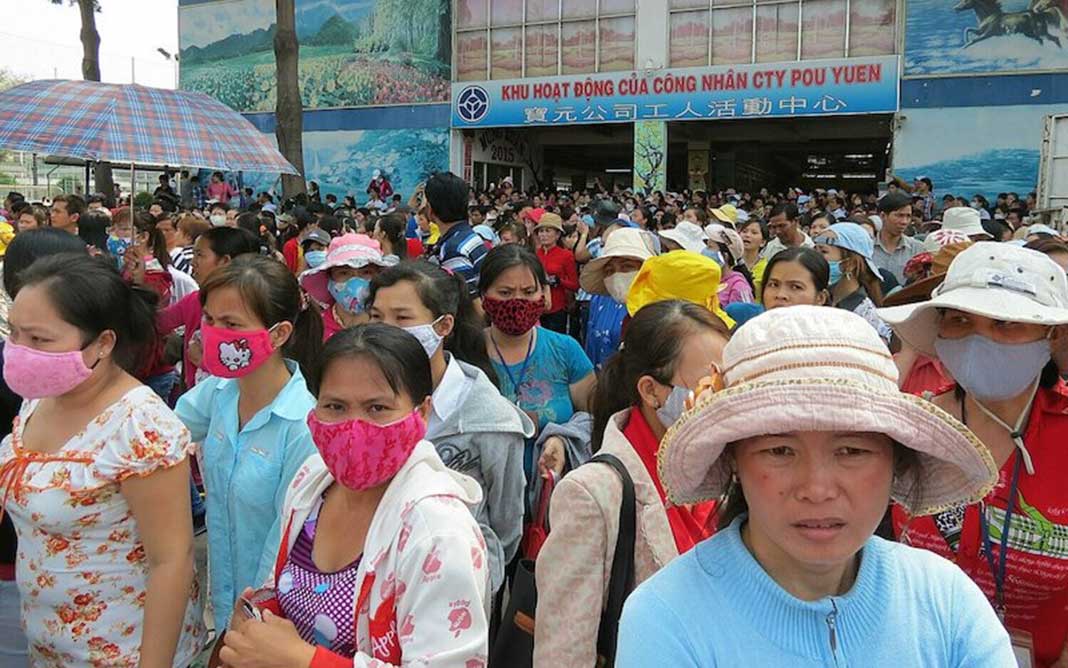HCMC – The textile and garment sector in Vietnam has witnessed a significant impact on its workforce this year, with around 70,000 employees nationwide losing their jobs and another 66,600 having less working hours in January-May, the Ministry of Labor, Invalids and Social Affairs reported.
Minister of Labor, Invalids and Social Affairs Dao Ngoc Dung said that a total of 510,000 employees have been affected by layoffs across various industries this year. The textile and garment sector has reported the largest number of job losses, with 280,000 employees affected, followed by the shoes and leather sector with 31,600 employees and the electronics sector with 45,000 employees.
Mass layoffs have primarily occurred in industrial parks and economic zones such as Binh Duong, Dong Nai, Bac Giang, Bac Ninh and Hai Duong provinces, as well as major cities like Hanoi and HCMC. The majority of workers facing reduced working hours belong to the textile and garment sector, followed by the shoes and leather sector with 66,000 workers and the electronic accessory production sector with 24,800 workers.
In the January-May period, around 17,000 laborers had to suspend work and take unpaid leave, with the textile and garment sector accounting for the highest number at 5,000 workers.
More than 8,600 businesses were forced to reduce their workforce, with foreign direct investment businesses and private enterprises accounting for 27% and 72%, respectively. The Southeast region of the country was the most affected, representing nearly two-thirds of the total impact. Additionally, 12% of businesses in southeastern Vietnam had to lay off their workers during this period.
Statistics indicate that unskilled laborers experienced the highest job loss rate, accounting for 68% of the total.
Minister Dao Ngoc Dung attributed the mass layoffs to a lack of new orders, economic challenges faced by many countries, high inflation, and a strict monetary policy that resulted in a sharp decline in consumer demand, particularly in the textile and garment, shoes, and personal electronic devices sectors.









